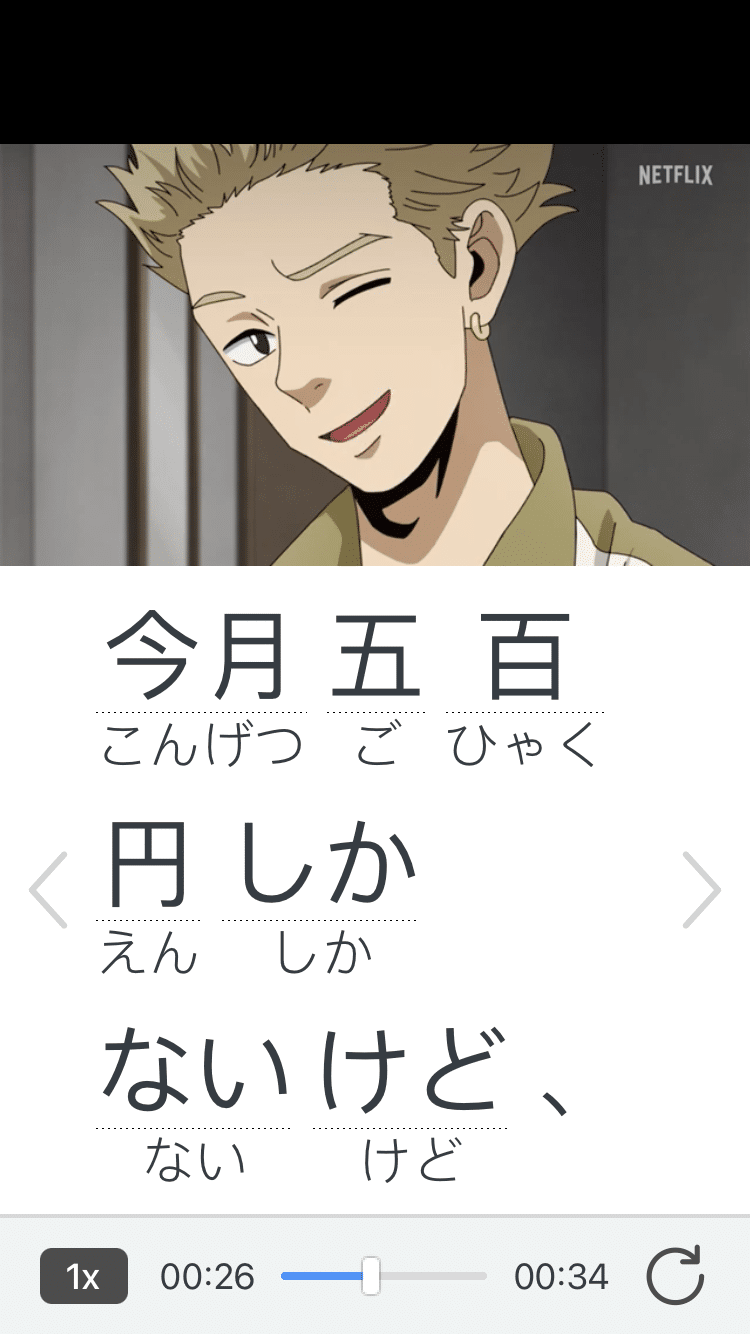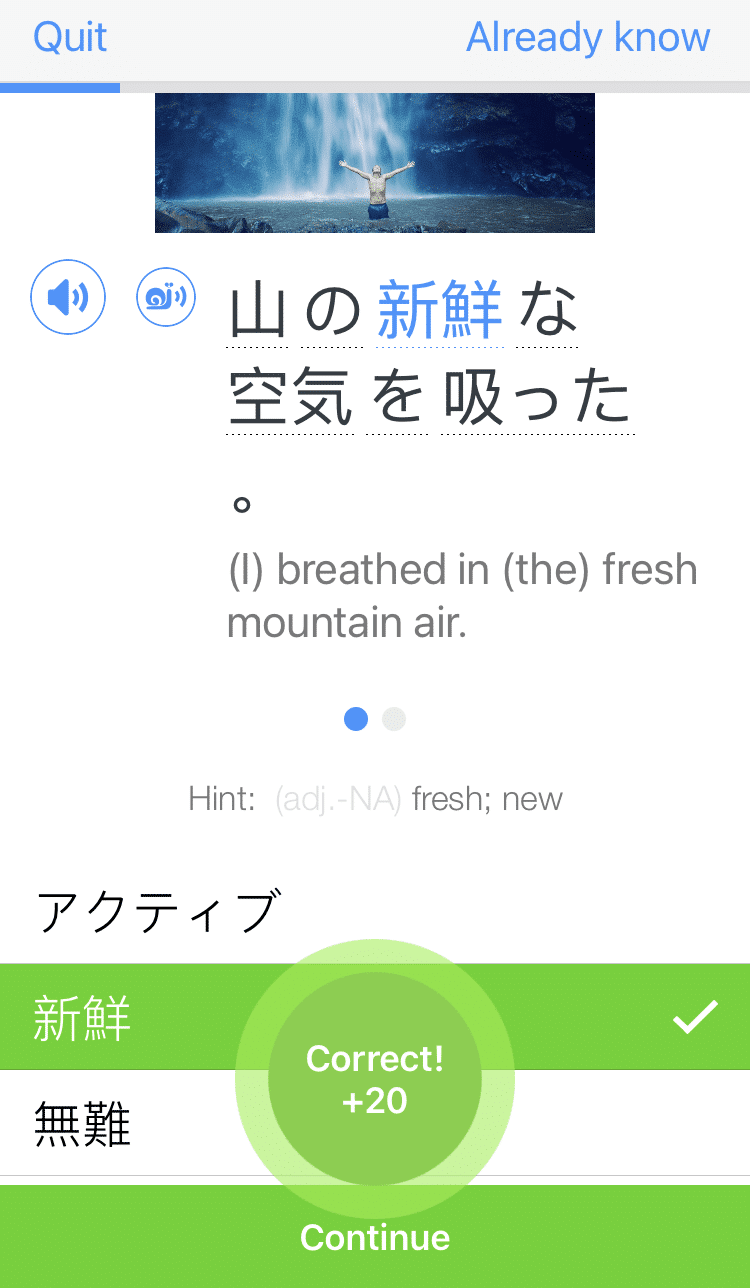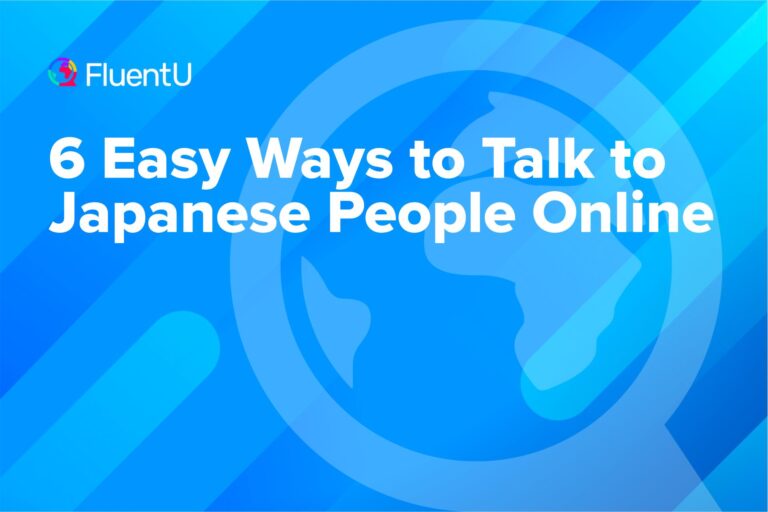11 Ways to Say You’re Welcome in Japanese for Different Formality Levels

Japanese culture places a lot of emphasis on being modest and humble, so how you reply to being thanked can be an important reflection of this. When saying “you’re welcome” in Japanese, it’s important to be gracious but not to draw too much attention to your part. This often means downplaying your actions or whatever you’re getting thanked for.
Read on to learn 16 common ways to say “you’re welcome” in Japanese, as well as some regional variations and non-verbal gestures you can use to respond when someone thanks you.
Download: This blog post is available as a convenient and portable PDF that you can take anywhere. Click here to get a copy. (Download)
Dou Itashimashite: The Most Common Way to Say “You’re Welcome” in Japanese
どういたしまして (Dou itashimashite) is the standard way to say “you’re welcome” in Japanese.
The literal meaning of dou itashimashite is “what have I done?” or “how can I help you?” It’s thought to have originated as a way to express humility and to deflect praise. In modern Japanese, dou itashimashite is simply a way to acknowledge someone’s thanks and to show that you are grateful for their kind words.
However, it’s worth noting that the term is not used too commonly, as it’s overly formal and textbook-like. In fact, this is probably how you first learn the term!
As you’ll see below, there are other, more commonly used ways to respond to a Japanese thanks. The best way to learn when to use each term is by seeing how native Japanese speakers use the term, which you can do on the FluentU program.
FluentU takes authentic videos—like music videos, movie trailers, news and inspiring talks—and turns them into personalized language learning lessons.
You can try FluentU for free for 2 weeks. Check out the website or download the iOS app or Android app.
P.S. Click here to take advantage of our current sale! (Expires at the end of this month.)

Formal Ways to Say “You’re Welcome” in Japanese
どういたしまして、お手伝いできて嬉しいです (Douitashimashite, o-tetsudai dekite ureshii desu)
This is the most formal way to say “you’re welcome” in Japanese. It means “It was my pleasure to help you” and it’s used in situations where you want to show the utmost respect and gratitude, such as when speaking to a customer, a superior or an elder.
どうぞお気になさらずに、お手伝いできて光栄です (Douzo okini nasarazu ni, o-tetsudai dekite kouei desu)
This phrase means “It was an honor to help you” and it’s used in situations where you want to show that you’re honored to have been of assistance, even if it was a small task. It’s basically a more formal way to say “don’t worry about it.”
Another variation of this is どうぞお気になさらずに、お力になれて嬉しいです (Douzo okini nasarazu ni, o-chikara ni narete ureshii desu), which roughly translates to “I’m happy to have been of service.”
お言葉に甘えて (Okotoba ni amaete)
This one can be roughly translated to “I’ll humbly accept your kind words” or “I’ll take you up on your offer.” While it’s not an exact equivalent of “you’re welcome,” it conveys appreciation and a willingness to accept someone’s words or actions graciously. So, it can be used as a response when someone thanks you in Japanese.
お役に立ててよかった (Oyakunitatte yokatta)
This phrase translates to “I’m happy to have been of service.” It is used in situations where you want to express your satisfaction at being able to help someone, basically saying “I’m glad I could help.”
Casual Ways to Say “You’re Welcome” in Japanese
とんでもない (Tondemo nai)
This is a casual way to say “it was nothing.” Use it to downplay the significance of your help and assure the other person that it was no big deal.
Note that this is one of those expressions that may have slightly different nuances depending on the context in which it’s used: It can also be used to mean “don’t be ridiculous” or “you’re overthinking it.”
気にしないで (Ki ni shinai de)
This is another casual way to downplay your help. Reassure the other person that it was no trouble, with this phrase, which means “don’t worry about it” or “it’s nothing.”
問題ない (Mondai nai)
This is another casual way to say “it’s okay” or “it doesn’t matter.” It is similar to とんでもない (tonde mo nai), but it is even more informal. It’s best to save this one for friends and family members.
別に (Betsu ni)
This is another very informal way to say “don’t worry about it” or “it’s nothing.”
いいえ (Iie)
You might recognize this word as more commonly meaning “no,” but you can use it to politely brush off the thanks. For example, if someone thanks you for a compliment, you can respond with this to mean “you’re welcome” or “you’re too kind.”
It’s best to keep this one for small thanks, though—if someone thanks you for a gift, for instance, it would be more appropriate to use a more formal phrase.
This is sometimes doubled up to “いいえいいえ.” For example, if someone offers you something, you could say “いいえいいえ” to mean “no thanks, I’m fine.”
いいよ (Ii yo)
This can also be used to say “you’re welcome,” but it is more commonly used to mean “yes” or “okay.” For example, if someone thanks you for helping them with a task, you could say “いいよ” (ii yo) to mean “you’re welcome” or “no problem.”
ううん (Uun)
You can use this one in response to someone’s thanks to acknowledge their gratitude. It’s a straightforward and simple way to say “you’re welcome.”
Gestures and Body Language
In Japanese culture, gestures and body language play a significant role in expressing politeness and showing respect, including when saying “you’re welcome.”
Even the deer know how to be polite!
Here are some common gestures and body language cues used to convey politeness and humility in Japan:
- Bowing: Bowing is the most common way to express gratitude and respect in Japanese culture. When expressing “you’re welcome,” a light bow of the head is sufficient.
- Smile: Smiling is another way to show that you are sincere and grateful. A warm and genuine smile will convey your appreciation to the other person.
- Eye Contact: Maintaining eye contact while responding to someone’s thanks is a sign of attentiveness and respect. However, in very formal situations, it is considered more polite to lower your gaze slightly.
- Hand Gestures: While not as common as bowing, some people may use hand gestures to accompany their response. One common gesture is to hold your hands together in front of your chest and bow lightly. Another gesture is to wave your hand dismissively, as if to say “don’t worry about it.”
It’s important to note that the specific gestures and body language that you use will vary depending on the formality of the situation and your relationship with the other person. For example, you might bow more deeply and hold your hands together for longer when expressing “you’re welcome” to a customer or a superior. When speaking to a friend or family member, you might use a more casual hand gesture or simply nod your head.
“You’re Welcome” in Different Japanese Dialects
As you travel around Japan, you may hear variations on the terms you hear. Here are some different ways to say “you’re welcome” in different parts of Japan:
Kansai dialect:
- かまへん (Kamahen)
- ええから (Ee kara)
- おおきに (Ookini)
Kyushu dialect:
- よかよか (Yoka yoka)
- 結構やけん (Kekko ya ken)
- いいんじゃい (Iinjai)
Tohoku dialect:
- べらぼうめ (Berabōme)
- いずこも (Izukomo)
- おろかでないよ (Orokadenaiyo)
Hokkaido dialect:
- なんもなんも (Nanmo nanmo)
- 気にしねえで (Kini shinē de)
- ええで (Eede)
Okinawan dialect:
- ぬくもりぃ (Nukumori)
- ぐぶりーさびたん (Guburii sabitan)
It is important to note that some of these phrases can be quite informal, so it is important to use them appropriately. For example, you would not want to say べらぼうめ (berabōme) to your boss!
Now you’re ready to say “you’re welcome” in Japanese. No need to thank us!
And One More Thing...
If you love learning Japanese with authentic materials, then I should also tell you more about FluentU.
FluentU naturally and gradually eases you into learning Japanese language and culture. You'll learn real Japanese as it's spoken in real life.
FluentU has a broad range of contemporary videos as you'll see below:

FluentU makes these native Japanese videos approachable through interactive transcripts. Tap on any word to look it up instantly.

All definitions have multiple examples, and they're written for Japanese learners like you. Tap to add words you'd like to review to a vocab list.

And FluentU has a learn mode which turns every video into a language learning lesson. You can always swipe left or right to see more examples.

The best part? FluentU keeps track of your vocabulary, and gives you extra practice with difficult words. It'll even remind you when it’s time to review what you’ve learned. You'll have a 100% personalized experience.
Start using the FluentU website on your computer or tablet or, better yet, download the FluentU app from the iTunes or Google Play store. Click here to take advantage of our current sale! (Expires at the end of this month.)







